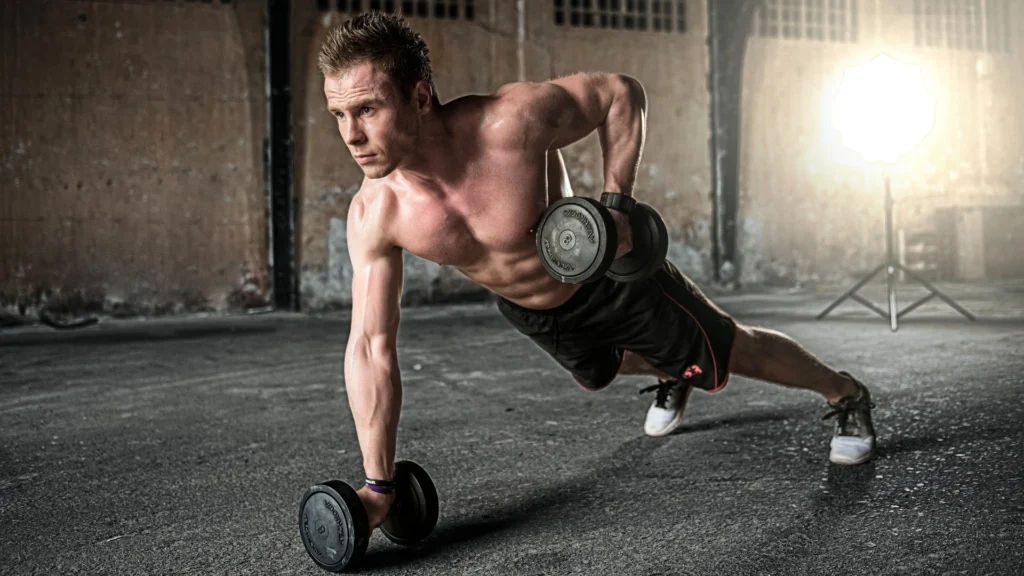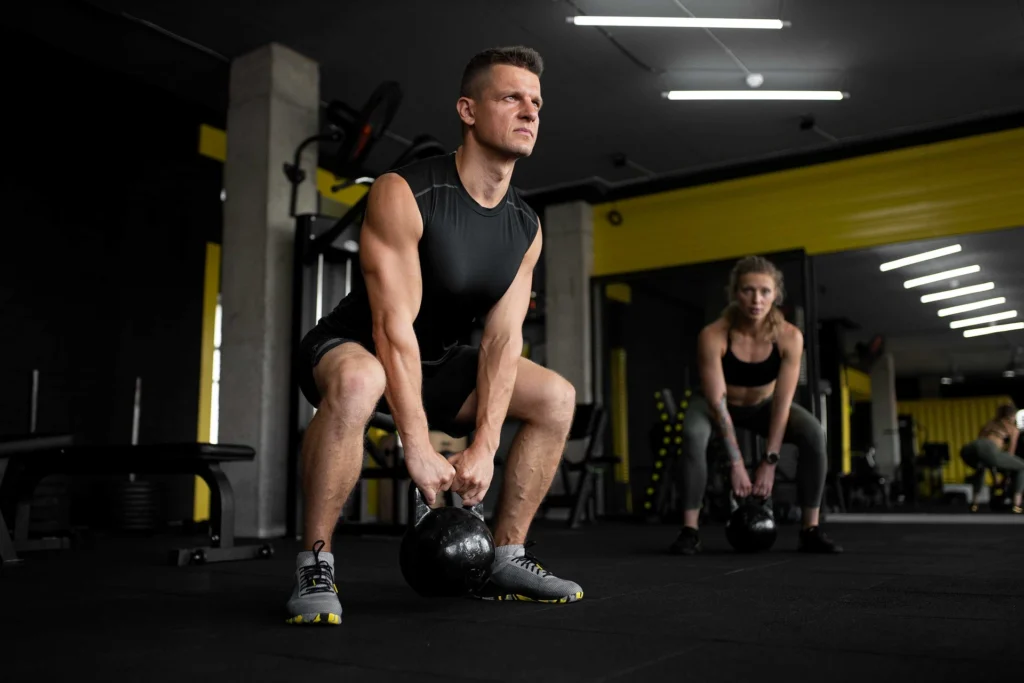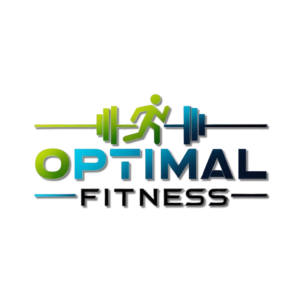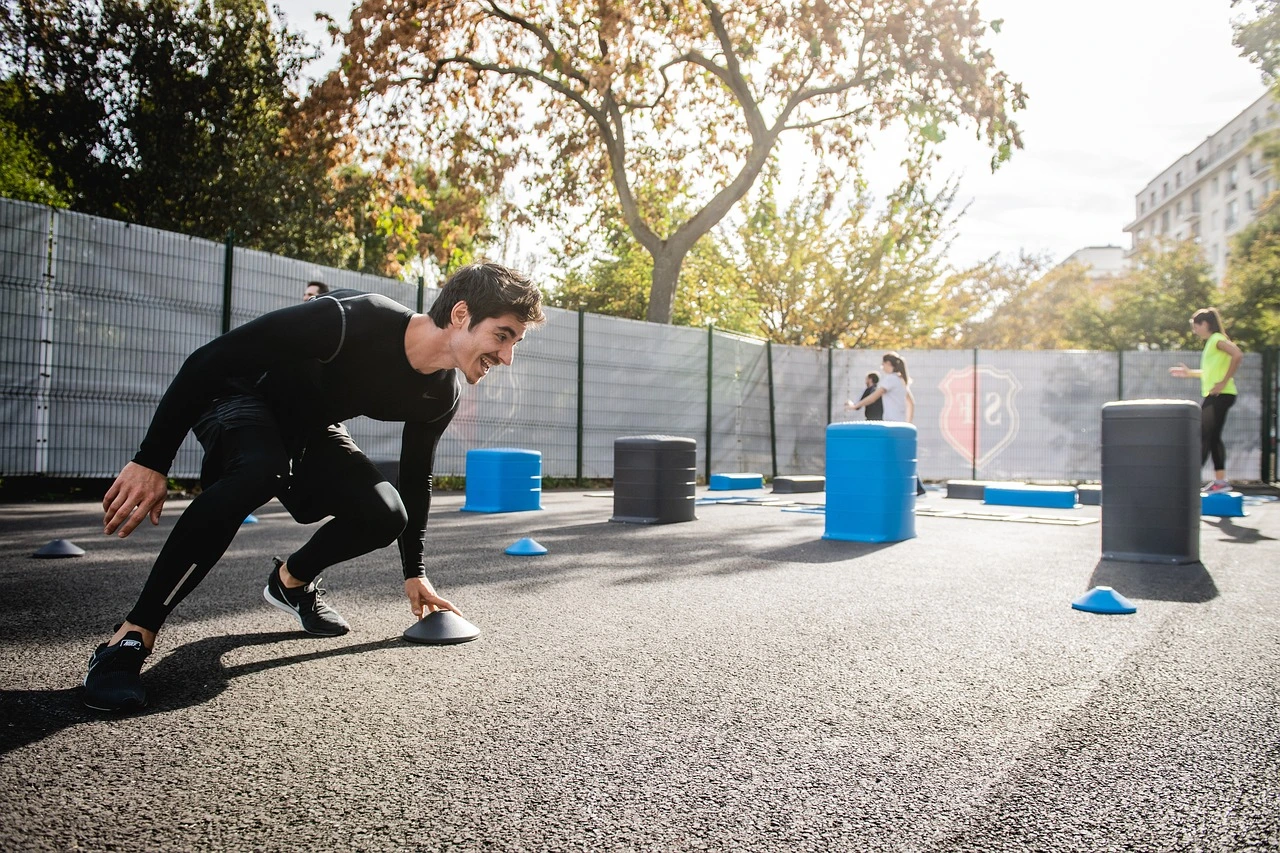HIIT workout, or High-Intensity Interval Training, is a workout method that alternates between short bursts of intense activity and periods of low-intensity recovery or rest. The goal is to push your body to near its maximum effort for brief intervals, then allow it to recover, before repeating the cycle. This approach not only burns calories during the workout but also boosts your metabolism long after you’ve finished.
A typical HIIT session might last anywhere from 10 to 30 minutes, depending on the intensity and the type of exercises performed. Despite the short duration, HIIT can yield similar or even better results compared to longer, steady-state cardio workouts.
Table of Contents

How Does HIIT Work?
High-Intensity Interval Training (HIIT) works by alternating between short bursts of vigorous activity and periods of lower-intensity recovery or rest. The high-intensity intervals push your body to near-maximal effort, significantly elevating your heart rate and challenging your muscles to perform at their peak capacity. During these phases, the body primarily relies on anaerobic energy systems, depleting energy stores like glycogen and generating metabolic byproducts such as lactate.
In the recovery phases, your body shifts toward aerobic metabolism, replenishing oxygen levels, clearing lactate, and restoring energy. This fluctuation between intense exertion and recovery triggers various physiological adaptations. Research indicates that HIIT stimulates mitochondrial biogenesis, improves cardiovascular efficiency, and enhances muscle oxidative capacity more effectively than continuous moderate-intensity exercise (Gibala et al., 2012).
One of the key advantages of HIIT is its ability to induce a state of increased energy expenditure that lasts beyond the workout itself. This phenomenon, known as excess post-exercise oxygen consumption (EPOC), refers to the elevated metabolic rate as the body restores homeostasis. During EPOC, processes like muscle repair, glycogen replenishment, and lactate clearance continue, requiring additional oxygen and energy. Studies show that HIIT can produce a greater afterburn effect compared to traditional steady-state exercise, leading to continued calorie burning for hours after exercise (LaForgia et al., 2006).
Furthermore, HIIT has been shown to enhance fat oxidation and improve insulin sensitivity, making it a highly effective workout for fat loss and metabolic health. This combination of high-intensity effort and recovery phases maximizes cardiovascular and muscular benefits while providing a time-efficient training option.
Benefits of HIIT
- Burns More Calories in Less Time: High-Intensity Interval Training (HIIT) has been shown to be highly effective for maximizing calorie burn in a short amount of time. Research indicates that HIIT can significantly elevate metabolic rate post-exercise due to the increased intensity of the workout, leading to greater caloric expenditure even in recovery periods. Studies have also demonstrated that a 20-minute HIIT session can burn more calories compared to an hour of steady-state cardio, making it an efficient option for individuals with limited time. Additionally, HIIT can improve both aerobic and anaerobic fitness, contributing to better overall health outcomes.
- Improves Cardiovascular Health: HIIT pushes your heart to work harder, improving cardiovascular endurance. It helps reduce blood pressure, improves circulation, and enhances oxygen consumption, all of which are essential for heart health.
- Boosts Metabolism: Thanks to the afterburn effect, HIIT boosts your metabolism and keeps it elevated for hours. This means you’ll burn more calories even while resting.
- Builds Muscle While Burning Fat: Unlike traditional cardio, HIIT workout can also help build and preserve lean muscle mass. By incorporating bodyweight exercises or resistance training into your HIIT routine, you stimulate muscle growth while simultaneously burning fat.
- No Equipment Needed: HIIT workout can be done anywhere, anytime. You don’t need fancy equipment or a gym membership. Bodyweight exercises like burpees, jump squats, mountain climbers, and push-ups are common in HIIT routines.
- Increases Aerobic and Anaerobic Endurance: HIIT workout not only improves your aerobic capacity (how well your body uses oxygen) but also enhances anaerobic endurance (your ability to perform short, intense bursts of activity without using oxygen).
Sample HIIT Workout Routine
Here’s a simple HIIT workout routine that you can try at home. Perform each exercise at maximum intensity for 30 seconds, followed by 15 seconds of rest. Repeat the circuit 3-4 times.
- Jumping Jacks
- Push-Ups
- Squats
- Mountain Climbers
- Burpees
- Plank
Remember to warm up before starting the workout and cool down afterward with light stretching.
Who Can Benefit from HIIT?
HIIT is versatile and can be adapted to suit all fitness levels. Whether you’re a beginner or an advanced athlete, you can adjust the intensity and duration of each exercise to fit your needs. However, because of its high-intensity nature, it’s important to ensure you’re in good health and free from injuries before starting a HIIT workout program.
Here are some frequently asked questions (FAQs) about HIIT workouts:
1. How long should a HIIT workout be?
Answer: A typical HIIT workout can last anywhere from 15 to 30 minutes. Despite its short duration, it’s highly effective due to the intensity of the exercises.
2. Can beginners do HIIT?
Answer: Yes, beginners can do HIIT by starting with lower intensity exercises and longer recovery periods. Over time, intensity can be increased as fitness levels improve.
3. How often should I do HIIT workouts?
Answer: It’s recommended to do HIIT 2-3 times per week, allowing for proper recovery between sessions. Overtraining can lead to burnout or injury.
4. Is HIIT better than steady-state cardio?
Answer: HIIT can be more time-efficient than steady-state cardio and may burn more calories in a shorter time. It also improves both aerobic and anaerobic fitness. However, both forms of exercise have their benefits depending on individual goals.
5. Do I need any equipment for HIIT?
Answer: HIIT can be done with or without equipment. Bodyweight exercises like burpees, squats, and push-ups are commonly used, but you can also incorporate dumbbells, kettlebells, or resistance bands.
8. Is HIIT safe for everyone?
Answer: While HIIT is generally safe for healthy individuals, those with medical conditions or who are new to exercise should consult a healthcare provider before starting a HIIT routine. It’s important to modify exercises to suit your fitness level.
7. What should I eat before and after a HIIT workout?
Answer: Before a HIIT session, it’s best to have a light meal or snack rich in carbohydrates and protein for energy. After the workout, consume a balanced meal with protein to help muscle recovery and some carbs to replenish energy stores.

Conclusion
HIIT workout is a powerful and time-efficient workout method that can help you reach your fitness goals faster. Whether you’re aiming to lose weight, improve cardiovascular health, or enhance athletic performance, HIIT offers a proven way to get results. Plus, the variety and short duration of the workouts keep things exciting and easy to fit into a busy lifestyle. So, if you’re looking to maximize your workouts without spending hours in the gym, HIIT might just be your perfect fit!
Want to check about how to run faster then click here.





Pingback: How to Run Faster: The No 1 Guide to Boost Your Speed - Optimal Fitness
It helped me alot through my progress. Thank you 👍
Pingback: Functional Strength Training: A Comprehensive Guide to Building Real-World Strength - Optimal Fitness
Great job, simply written making it very easy to grasp. ✨✨
Pingback: Master the Sumo Deadlift: Ultimate Guide for Strength and Technique - Optimal Fitness
Pingback: Time-Efficient Workouts: Stay fit in a Busy Schedule